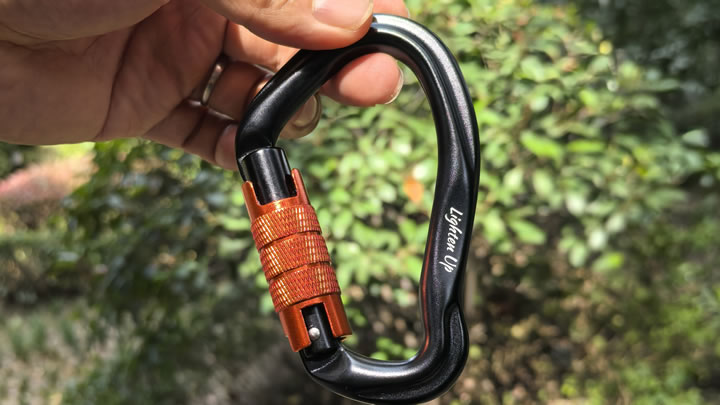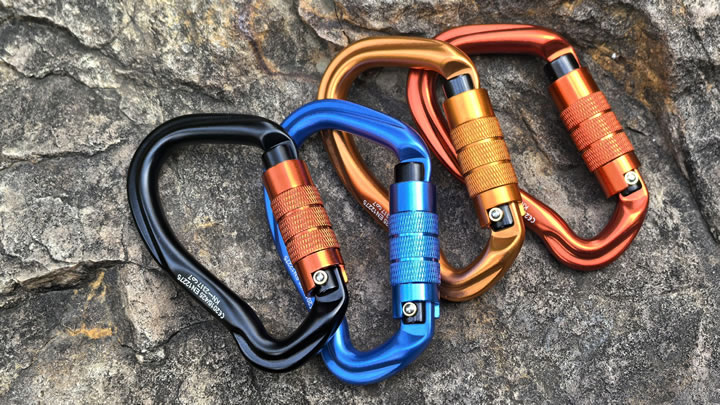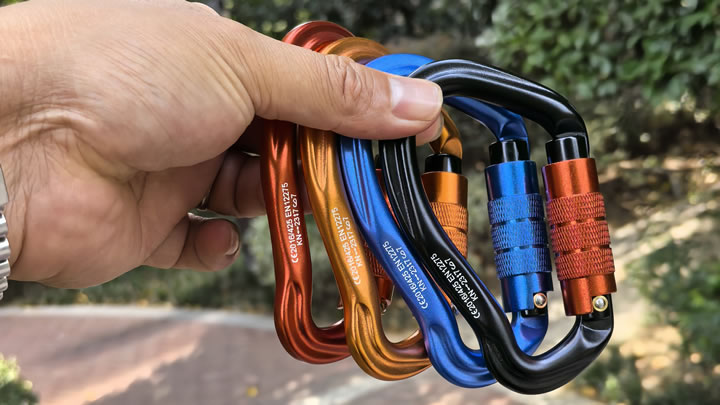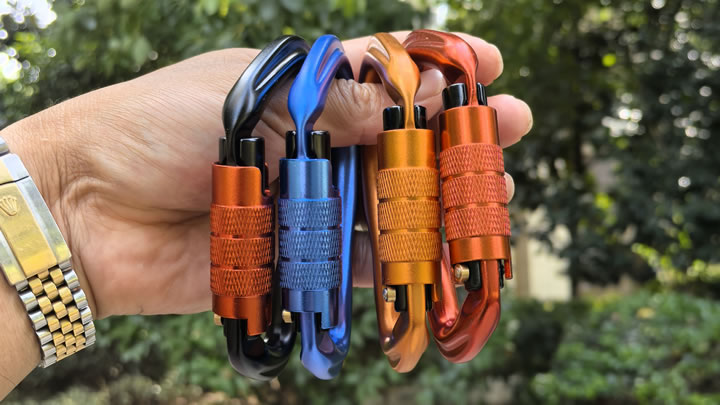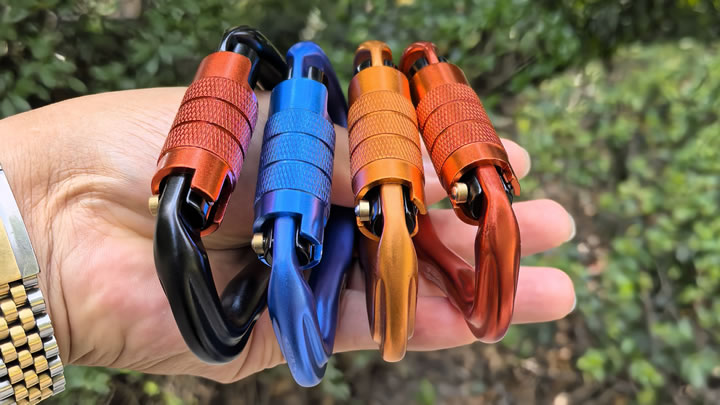Carabiner Hook Strength Chart and kN Ratings: Your Guide to Safety
When you look at a carabiner, the small stamped letters and numbers like "22 kN" can seem like obscure engineering jargon. However, understanding this rating and the strength chart it comes from is not just technical knowledge—it's fundamental to your safety in climbing, rigging, or any activity where a failure could be catastrophic. This guide will decode the carabiner strength chart, explain what kN ratings truly mean, and show you how to apply this knowledge to choose and use your gear correctly.
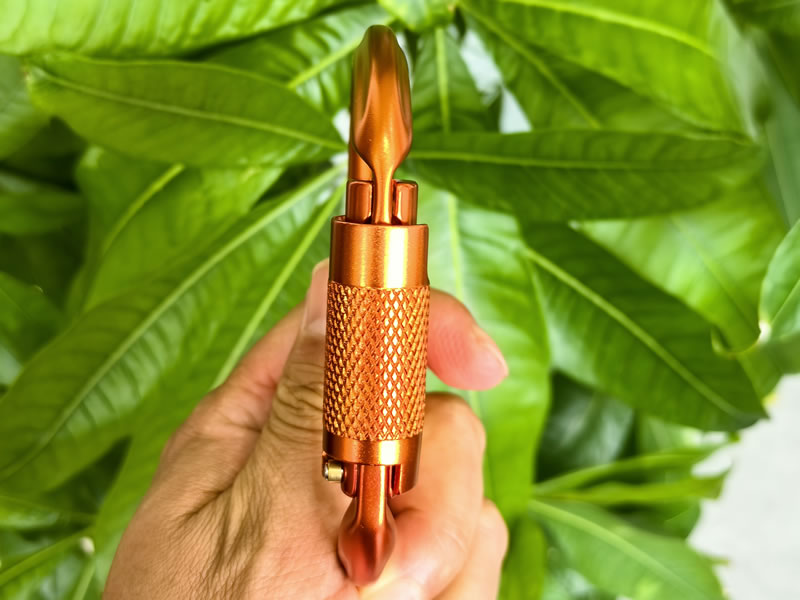
The Foundation: What is a kN?
The "kN" stands for kiloneuton, a unit of force. It's crucial to think in terms of force, not just weight. One kilonewton (1 kN) is approximately equal to 225 pounds (or 102 kilograms) of force. This distinction is vital because the dynamic shock load generated in a fall can exert a force many times greater than your static body weight.
Decoding the Carabiner Strength Chart: The Three Critical Ratings
A carabiner is not uniformly strong. Its strength is measured in three distinct, standardized configurations, which are often presented in a simple chart. Understanding these three ratings is the key to safe use.
| Strength Direction | Typical Rating | Explanation & Implication |
|---|---|---|
| Major Axis (Spine Loaded) | 22-28 kN | This is the carabiner's strongest configuration, with the load applied along its long, straight spine and the gate closed. This is how it's designed to be used. |
| Minor Axis (Cross-Loaded) | ~7 kN | This is when force is applied across the carabiner's weaker width. This drastically reduces its strength and is a common mode of failure in improper setups. |
| Open Gate | ~7-10 kN | This tests the carabiner with the gate open. The significant strength loss highlights the critical importance of ensuring the gate is fully closed and locked. |
Why the "Strength Chart" Matters: Force vs. Weight
You might wonder, "If I weigh 80 kg (176 lbs), why do I need a piece of gear rated for 22 kN (approx. 5,000 lbs)?" The answer lies in physics.
The forces in a fall are not static. They are dynamic. The severity of a fall is measured by its fall factor (the length of the fall divided by the amount of rope out). A short, sharp fall can generate a much higher force than a longer, more gradual one. Modern climbing safety systems are designed to manage this energy. The dynamic rope stretches to absorb the shock, and the high kN ratings on your carabiners provide a massive safety buffer to ensure they do not fail under this immense, instantaneous load.
How to Use This Information for Safety
Knowing the strength chart transforms how you interact with your gear. Here’s how to apply it:
- Choose the Right Gear: For recreational climbing, carabiners rated between 20-25 kN on the major axis are standard. Ensure any carabiner you use for life-support has a clear kN rating and UIAA/CE certification.
- Avoid Cross-Loading: Be vigilant in your setups. Always ensure the carabiner is loaded along its spine so the force is directed into the Major Axis strength. Never allow a sling or rope to force the carabiner into a cross-loaded position.
- Keep the Gate Closed: The Open Gate rating is a stark warning. Develop the habit of visually and physically checking that the gate is fully closed and, if it's a locking carabiner, that the locking sleeve is completely engaged.
- Understand the System: Your carabiner is one link in a safety chain that includes your rope, harness, anchors, and knowledge. The strength chart ensures the carabiner is not the weak link.
Conclusion: The Chart is Your Key to Confidence
A carabiner strength chart is not just a table of numbers; it is a direct insight into the engineering principles that keep you safe. It tells you the gear's capabilities while simultaneously warning you of its vulnerabilities. By understanding that kN measures dynamic force, and by respecting the dramatic difference between major axis, minor axis, and open gate strengths, you move from simply using a carabiner to understanding it. This knowledge empowers you to inspect your gear more critically, set up your systems more intelligently, and ultimately, engage in your vertical pursuits with greater confidence and safety.

